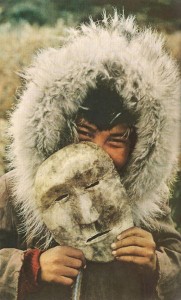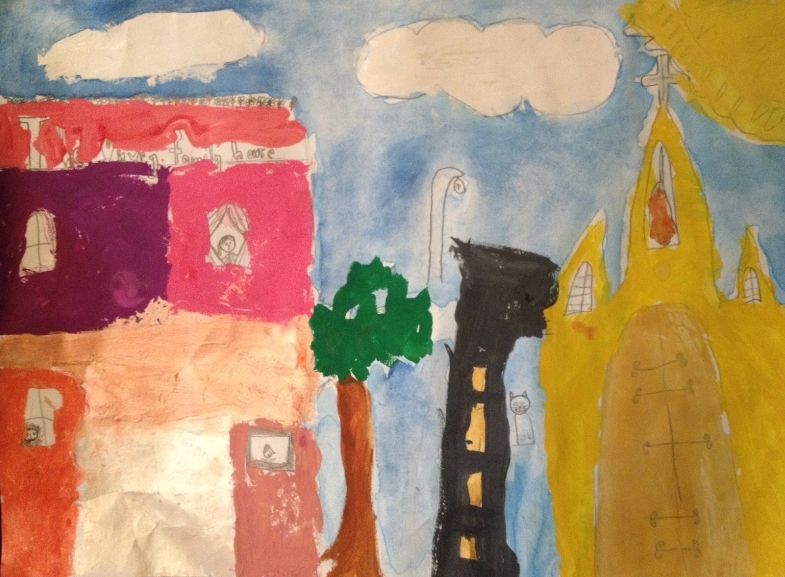Dear Integral Meditators,
In the same why that thee is a child within all of us, there is also an old man or an old woman. The article below explores this theme, it may be considered in some ways a companion to my previous article on the shadow child.
The old wo/man and the child self are examples of two themes that we will be exploring in the upcoming “Meditations for Developing the Language of the Shadow Self“.
Yours in the spirit of aged brightness,
Toby
Upcoming Courses at Integral Meditation Asia:
JULY
Sunday July 27th, 9.30am-12.30pm – Meditations for Developing the Language of Your Shadow Self – A Three Hour Workshop
AUGUST
Call of the Wild: Meditating with Animal Guides and Familiars
Through to end August: Special offer on 1:1 Coaching at Integral Meditation Asia
 The Wisdom of Age, the Shadow of Time
The Wisdom of Age, the Shadow of Time
The four stages of life
From the perspective of the seasons and the ‘wheel of life’ according to nature spirituality you have four stages to your life: Birth and childhood corresponding to spring, your youth and young adulthood corresponding to summer, mature adulthood/parenthood (the age of responsibility) corresponding to autumn, and old age/death corresponding to winter.
These four stages of life are literal, physical stages that we go through, but they are also perspectives that we can take on our life at any time. For example if we are in middle age physically we can still consider what our child self might think of any situation we are experiencing, as well as our old or wise self.
At which stage are you the wisest?
Each stage of these four life stages has its own particular wisdom and perspectives, but generally you would say that old age would represent the greatest opportunity for wisdom because it looks back upon the previous three stages using those life experiences to glean wise conclusions. Would you agree? Optimally then, the greatest opportunity for wisdom comes from considering our life from the end and looking back – from the perspective of ourself in old age.
Which stage do we tend to resist and avoid the most?
So if we assess our life from the perspective of old age and death, even if there is currently quite a long way for us to go before we reach that literal physical stage, there is much wisdom and benefit to be gained.
However, if you are like the vast majority of people then you will avoid thinking about old age, and when you do you will do so with feelings of discomfort, displeasure and even at times outright fear. The bottom line is we cling to our youth and fear aging. What is more society and culture seem to worship youth increasingly, making old age an even less appealing topic for contemplation.
The dark shadow of frail old age
Close your eyes now and see a picture of yourself in old age; bent, frail, youthful looks faded. Sense your resistance to this image of yourself, even as the signs of aging are present within your physical body right now. Open to this image of yourself as a frail old person, note and be aware of your resistances to it, your fears, perhaps even your disgust and anger. Try and open to, acknowledge and accept these resistances as deeply as you can.
The bright shadow of wise old age
Now look a bit deeper at this image of yourself. Perhaps you may find yourself looking into the eyes of your old self and see the wisdom of a life lived for many years. Sense the wisdom arising from suffering and the wisdom arising from joy that lives within the body, mind and soul of your old self; perhaps also the humor and kindness of your old self. You may even discover bright qualities within your old self that you absolutely did not expect.
Open as deeply as you can to the wisdom of your old self, his strengths, his knowledge and quiet inner fire.
Opening to aging and its bright counsel
Think of a situation in your life right now that you may be struggling with. Perhaps you might like to ask your old self for her perspective on what is going on. If you opened your heart and explain your desires and fears to your old self, it is possible that you might find a new experience of self-compassion and kindness. Maybe there is even a wily-ness and worldly wisdom that your old self has that can help you get what you want at the same time as satisfying the other people involved as well?
If we have the courage to pass through our resistance to our old-self, there is a bright and unexpected reward that lies on the other side.
© Toby Ouvry 2014, you are welcome to use or share this article, but please cite Toby as the source and include reference to his website www.tobyouvry.com











